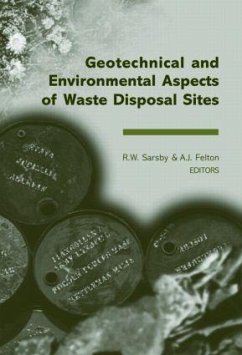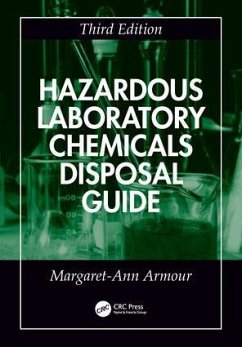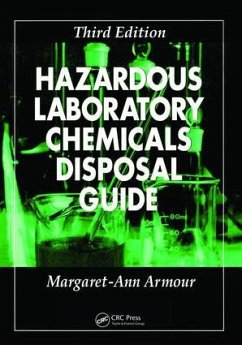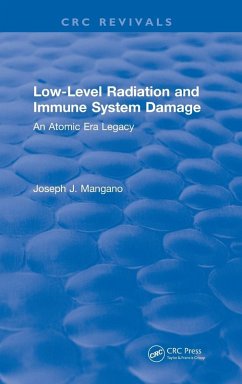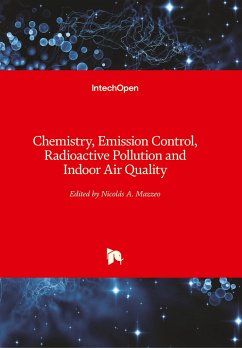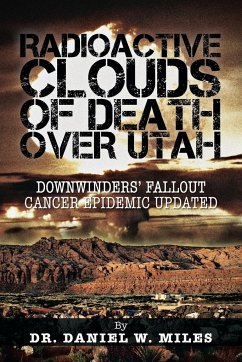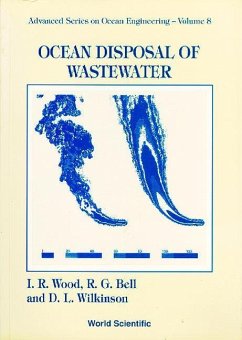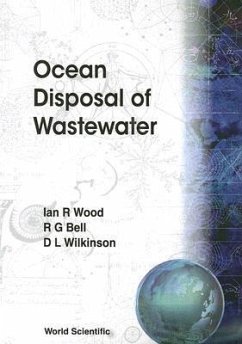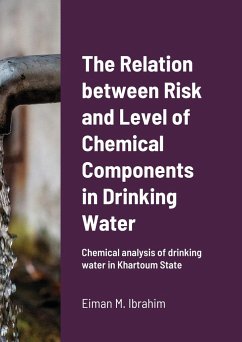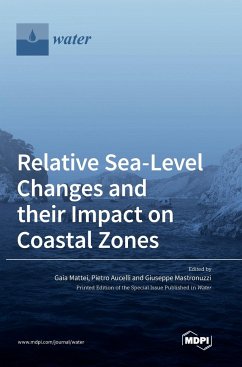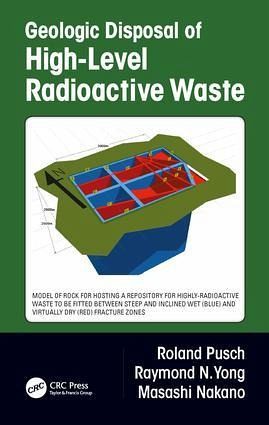
Geologic Disposal of High-Level Radioactive Waste
Versandkostenfrei!
Versandfertig in 1-2 Wochen
228,99 €
inkl. MwSt.
Weitere Ausgaben:

PAYBACK Punkte
114 °P sammeln!
Geologic Disposal of High-Level Radioactive Waste examines the fundamental knowledge and conditions to be considered and applied by planners and other professionals when establishing national repository concepts, and constructing repositories for the long-term isolation of highly radioactive waste from surrounding crystalline rock. It emphasizes the important roles of structural geology, hydrogeology, hydrochemistry, and construction techniques. It specifically examines the disposal of steel canisters with spent reactor fuel in mined repositories (MR) at medium-depth, and in very deep borehole...
Geologic Disposal of High-Level Radioactive Waste examines the fundamental knowledge and conditions to be considered and applied by planners and other professionals when establishing national repository concepts, and constructing repositories for the long-term isolation of highly radioactive waste from surrounding crystalline rock. It emphasizes the important roles of structural geology, hydrogeology, hydrochemistry, and construction techniques. It specifically examines the disposal of steel canisters with spent reactor fuel in mined repositories (MR) at medium-depth, and in very deep boreholes (VDH). While disposal in mined repositories has been widely tested, the option of placing high-level radioactive waste in deep boreholes has been considered in the US, UK, and elsewhere in Europe, but has not yet been tested on a broad scale. This book examines the possibility of safe disposal for very long periods, proposing that the high salt content and density of groundwater at large depths are such that potentially contaminated water would not rise high enough to affect the more shallow biosphere. Features: Presents the best practices for disposal of spent fuel from nuclear reactors.¿¿¿¿¿¿¿¿¿ Assesses waste isolation capacities in short- and long-term perspectives, and the associated risks. Describes site selection principles and the economics of construction of different types of repositories. Includes an appendix which provides the latest international recommendations and guidelines concerning the disposal of highly radioactive waste.




